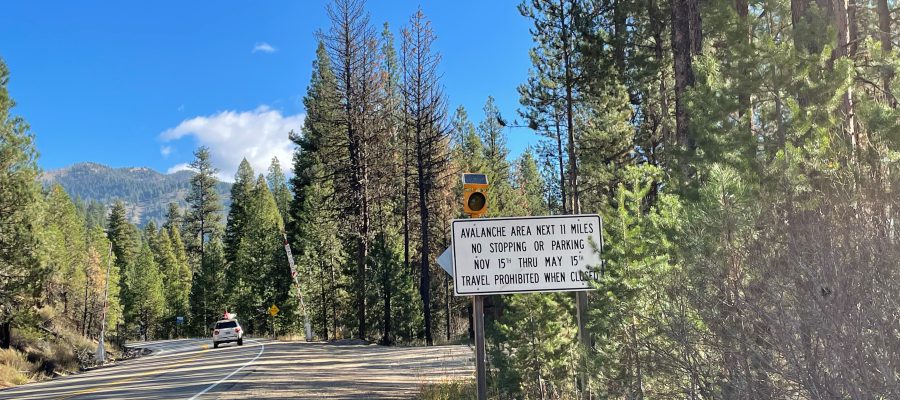The Idaho Transportation Department’s avalanche team is back in Lowman preparing for the upcoming winter season. The team recently conducted an aerial assessment to evaluate changes in the corridor caused by the Wapiti Fire.
“The aerial survey gave us a clearer understanding of the risks,” ITD Avalanche Team Leader Bill Nicholson said. “We feel reassured as it pertains to avalanches. However, the fire has increased the potential for mudslides and debris flows. Our team is ready, and we remain focused on keeping the highway safe for travelers just like we do every year.”
Another difference this winter brings is La Niña. The National Weather Service predicts colder temperatures and increased precipitation for the region. Excessive moisture in areas impacted by wildfires could result in a heightened risk of flooding and slides.
ITD’s avalanche team is stationed in Lowman, 20 miles from an avalanche-prone section of State Highway 21 that spans from Grandjean to Banner Summit. Every winter, the team monitors conditions and makes the decision on when to close roads due to avalanche danger.
There are more than 70 avalanche paths along SH-21. The ITD avalanche team also closely monitors U.S. Highway 12 near the Montana border.
There are only three highways in the United States that fall under the ‘High’ category in the Avalanche Hazard Index: SH-21 in Lowman, State Highway 210 in Utah, and U.S. Highway 550 in Colorado.

